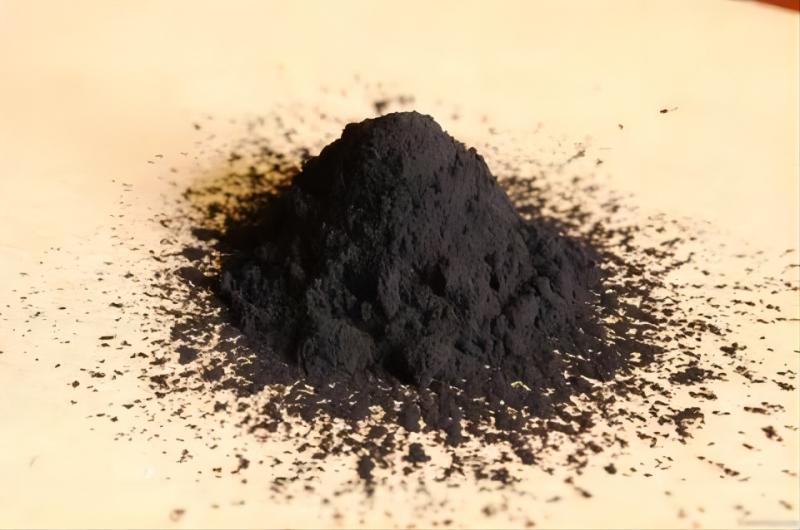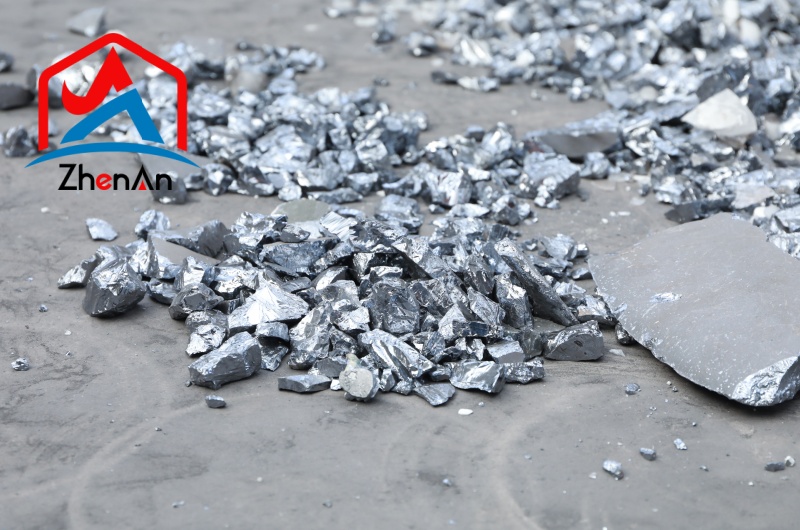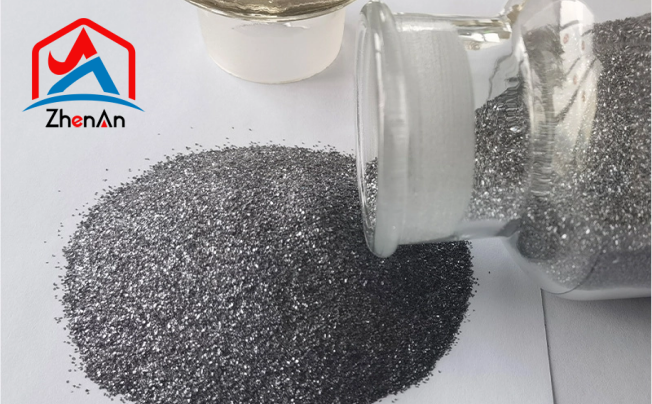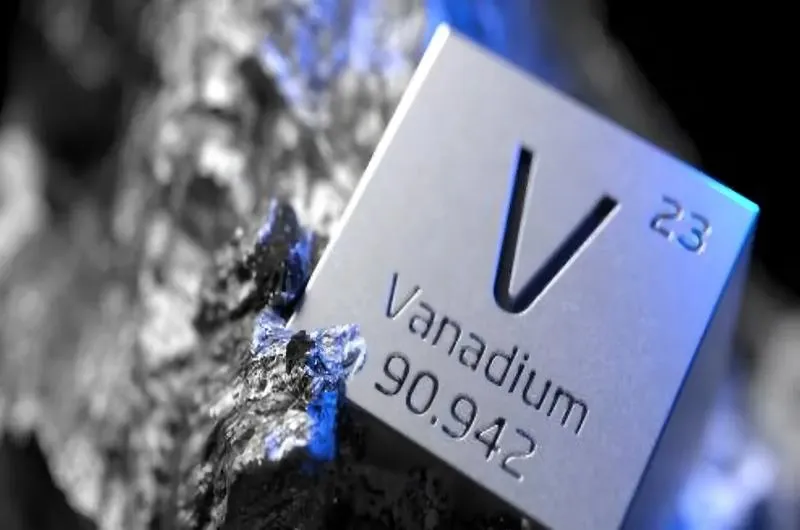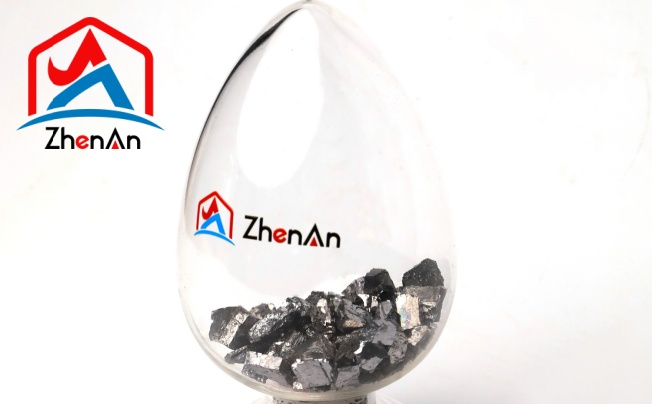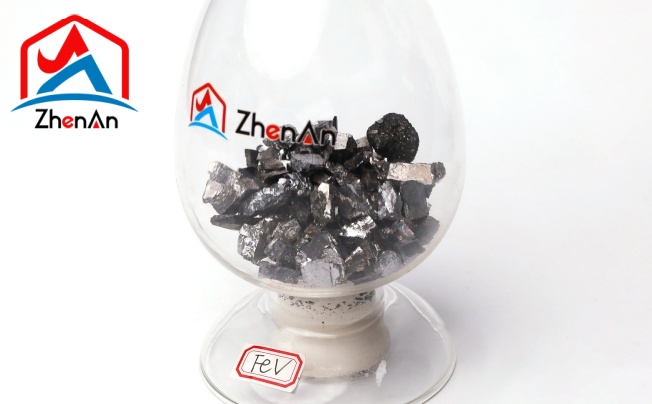BY  GENN
GENN
2024/05
Blog
What Are The Advantages Of Manganese Oxide?
The Significance Across Industries
The significance of manganese oxide extends far beyond its elemental composition; it serves as a linchpin within numerous industries worldwide. With applications ranging from catalysis to energy storage and environmental remediation, this compound has carved out a niche for itself as a critical component in modern technological advancements.
The ability of manganese oxide to facilitate chemical reactions efficiently has garnered attention in the production of batteries, ceramics, and glass. Moreover, its role in water treatment processes for eliminating heavy metal contaminants underscores its indispensable nature in safeguarding public health and environmental sustainability.
A Gateway to Innovation
As the world embarks on a quest for sustainable solutions and technological breakthroughs, manganese oxide emerges as a gateway to innovation. Its versatile nature enables researchers and engineers to explore novel avenues for harnessing its potential across various sectors.
By delving into the intricate realm of manganese oxide’s properties and applications, we embark on a journey toward unlocking the boundless possibilities that this enigmatic compound offers. Join us as we unravel the mysteries surrounding manganese oxide and delve into its advantages across industries.
Chemical Composition and Structure
Manganese oxide is a chemical compound composed of manganese and oxygen atoms, with varying oxidation states. The most common forms of manganese oxide include MnO, MnO2, and Mn3O4, each exhibiting distinct properties and applications.
In these compounds, manganese typically exists in its divalent (Mn^2+), trivalent (Mn^3+), or tetravalent (Mn^4+) oxidation states, influencing the compound’s reactivity and stability. The structure of manganese oxide varies depending on the specific form – for example, MnO adopts a rock salt crystal structure while Mn3O4 exhibits a mixed-valence spinel structure.
Physical Properties
Manganese oxides display a diverse range of physical properties that make them integral in various industrial processes. The color of manganese oxide compounds can vary from black to brown to reddish-brown, depending on factors like oxidation state and crystal structure.
In terms of density, manganese oxides are generally solid materials with densities ranging from 5 to 7 g/cm³. Solubility characteristics differ among different forms; for instance, while MnO is sparingly soluble in water, MnO2 is insoluble under normal conditions but may undergo reactions with certain acids.
Reactivity and Stability
The reactivity of manganese oxide compounds plays a crucial role in their applications across industries. Manganese dioxide (MnO2), for example, is known for its strong oxidizing properties due to its ability to undergo redox reactions easily. This reactivity makes it valuable as a catalyst in various chemical processes where oxidation-reduction reactions occur.
Additionally, the stability of manganese oxides under different conditions is imperative for their sustainable use. While some forms may be stable at high temperatures or acidic environments, others may decompose or transform into other compounds under specific conditions.
Advantages of Manganese Oxide
Industrial Applications
Manganese oxide, with its remarkable chemical properties, serves as a versatile catalyst in various chemical reactions across industries. Its ability to facilitate the transformation of substances by lowering activation energy makes it indispensable in processes like oxidation, reduction, and hydrogenation. Moreover, manganese oxide plays a pivotal role in the manufacturing of batteries, ceramics, and glass due to its high stability and conductivity properties.
The inclusion of manganese oxide enhances the performance and longevity of these products, making them more efficient and durable. Furthermore, its efficacy in water treatment applications cannot be understated; manganese oxide is utilized to remove heavy metal contaminants from water sources through adsorption or precipitation mechanisms, ensuring cleaner and safer water for consumption.
Environmental Benefits
One of the most significant advantages of manganese oxide lies in its environmental impact. This compound exhibits an exceptional ability to absorb pollutants from both air and water sources, acting as a natural purifier. By capturing harmful substances such as sulfur compounds and volatile organic compounds from industrial emissions or wastewater streams, manganese oxide contributes to reducing air pollution and enhancing overall environmental quality.
Additionally, the use of manganese oxide in battery technology fosters sustainable energy solutions by enabling the development of rechargeable batteries with higher capacity and longer lifespan. This eco-friendly approach not only reduces reliance on fossil fuels but also promotes clean energy alternatives for a greener future.
Health Benefits
Beyond its industrial and environmental applications, manganese oxide offers notable health benefits that underscore its significance in human well-being. As an essential nutrient for the body’s metabolism and enzyme functions, manganese plays a critical role in maintaining overall health. Manganese oxide supplements are utilized to address dietary deficiencies or support specific health conditions where adequate levels of this mineral are required for optimal physiological functioning.
Moreover, ongoing research suggests promising therapeutic applications of manganese oxide in medicine for treating conditions such as neurodegenerative disorders or oxidative stress-related ailments. The potential use of this compound as a treatment modality reflects its versatility beyond traditional industrial uses into the realm of healthcare innovation.




